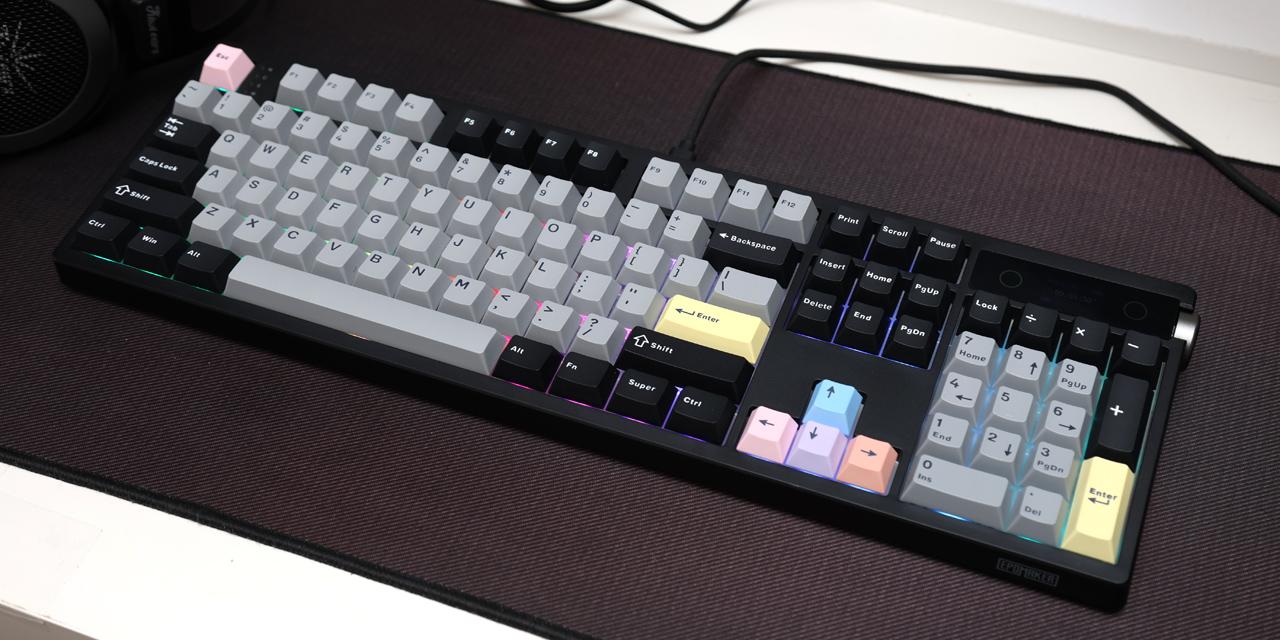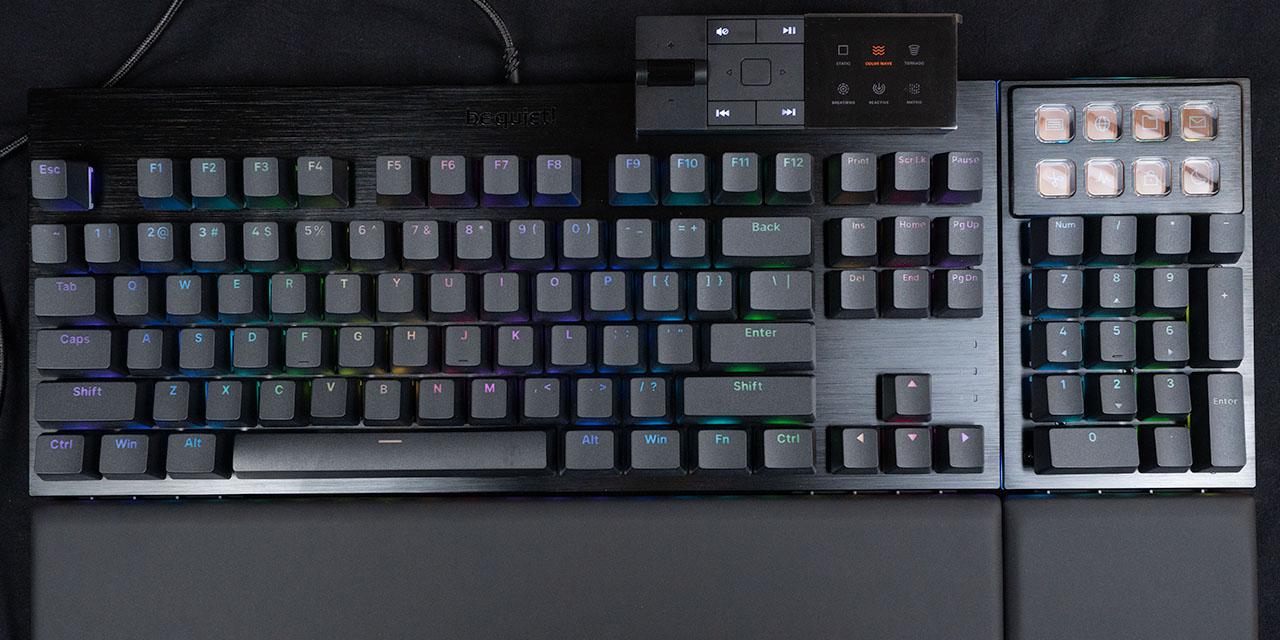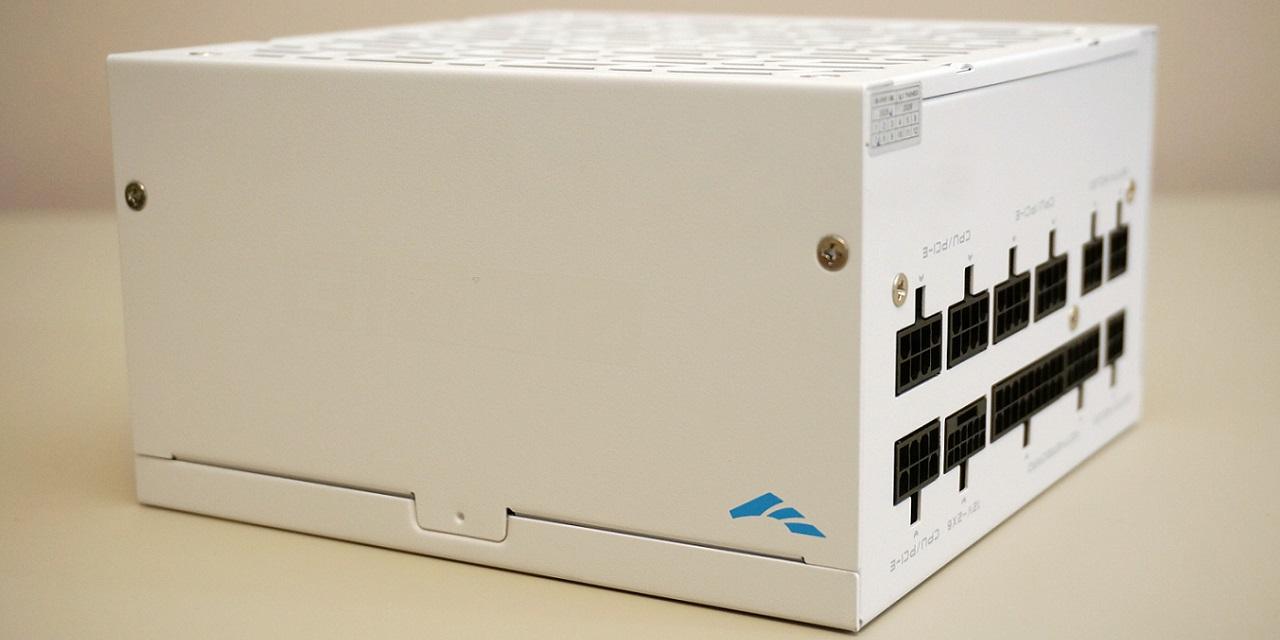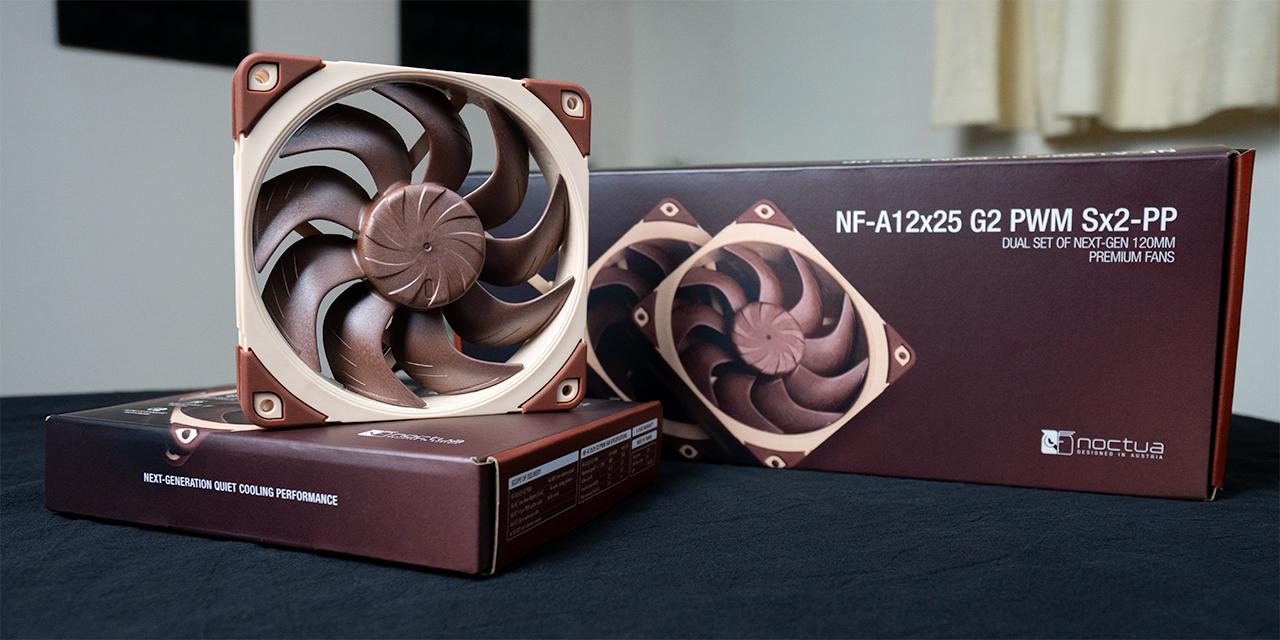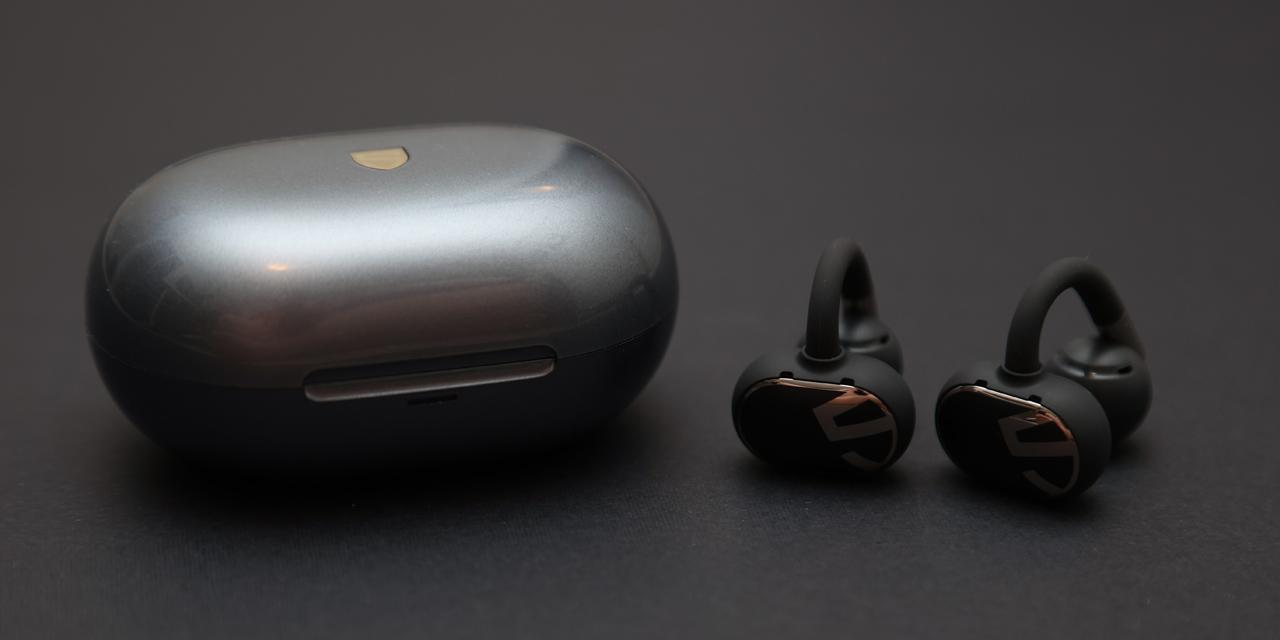Page 3 - A Closer Look - Disassembly and Internals

The disassembly process of the Epomaker CIDOO C75 is quite simple. I started by unscrewing the bottom case using the included hex key. There are six easily accessible points where the hex key will fit. While I could start by removing all the keycaps, I typically have a preference to remove keycaps and switches after disassembly if necessary. It is important to note that you will have to remove the knob to remove the internals from the top frame. Upon removing the screws, I pulled apart the outer case. This disassembly process was quite familiar with many of the more premium cases I have worked with. It was a good experience to take apart. Upon exposing the interior design, I was both pleased and displeased.
The interior design was really quite good in my opinion. Taking a quick look, there are small pieces of rubber around the edges. These pieces of rubber act as a force break by putting something between two metal surfaces. Typically, something used as a force break will be placed near the screw holes, as the Epomaker CIDOO C75 does. The purpose is to ever so slightly remove metal on metal contact. In application, this will remove metal ping caused from the top and bottom frames. This aspect of the keyboard shows a level of diligence when it comes to keyboard design.
You may now be wondering what makes me disappointed after all of this praise? The CIDOO C75 is marketed with a gasket structure. While it is true that there is a possibility that this keyboard can utilize a gasket mount, the fact is that out of the box, it is not. The mount utilized in the CIDOO C75 is similar to that of the Mode Eighty, which is actually an isolated top mount. This mounting style refers to the top mount structure that is isolated from the upper frame by utilizing a dampener. This is what we observe in the photo below. As seen, this is not a gasket mount. I think the isolated top mount design makes more sense for a Hall effect keyboard, as it is more rigid, so I am not sure why the marketing material mentions the gasket mount. With that, there are two options that Epomaker can make to remedy this. The first option is to simply update the product page on their site. The other is to include another plate that will allow for a gasket mount, and include gaskets for the case. If these are added, this CIDOO C75 can definitely make for a good gasket experience with the amount of space inside of the case and usage of a daughterboard.

The foam in the case is done well. Epomaker does not hold back when it comes to foam in this case, as inside, you will find foam for the case, bottom of the PCB, switches, and plate. Foam usage in keyboards is quite important, so having access to this much foam is excellent. To explain simply, the more foam you use, the more muted your keyboard will be for the most part. Regarding the switch foam, this case uses IXPE foam rather than the PE foam used in the ever so popular Jelly Epoch. Switch foam is a strange usage of foam that I personally find to be a cheat code to get premium sound, but I have no hard evidence to back up my claim.
The plate inside of the Epomaker CIDOO C75 is polycarbonate, which is a very popular choice when looking for a deeper sounding keyboard. This plate material better aids in finding that “thock” sound that Epomaker is chasing with the CIDOO C75. If you are curious as to how different plate materials affect keyboard sound, as an independent factor in the keyboard, the properties that matter deal with stiffness and density. To be more specific, we want the specific modulus or specific thickness, which is also known as the stiffness-to-weight ratio. The lower this number is, the more “thocky” this material will be for a keyboard. As of writing this review, I have not seen any material with a lower specific modulus than polycarbonate.

Upon closer inspection of the Gateron KS-20U switches, I hope to provide you with more detail in the makeup of the switch. For the KS-20U switches, the top housing is polycarbonate, the bottom housing is nylon, and the stem is polyoxymethylene, or POM for short. POM is known for its high stiffness, low friction, and excellent strength. Specifically, this material has a coefficient of friction of around 0.25 to 0.3, which is low when you consider this is a measurement on a 0 to 1 scale. As such, you can see why you would want a switch stem to be made out of POM. This stem would be considered a shorter pole stem, which results in a longer total travel. I personally have never experienced this kind of switch before, but I had no issues with adjusting to it, as it is only 0.1mm longer than the normal travel of 4mm. As for the top housing, polycarbonate is a very commonly used thermoplastic in mechanical keyboards. It is commonly used for translucent switches, which is important for light to shine through. The bottom housing uses nylon, which is also quite smooth with a coefficient of friction of about 0.26. I do find nylon offers a deeper pitched sound when it comes to bottoming out. The spring is an average length at 15mm. The initial force required is 30g, which is very light for a switch.
Page Index
1. Introduction, Packaging, Specifications
2. A Closer Look - Hardware and Software
3. A Closer Look - Disassembly and Internals
4. Conclusion

